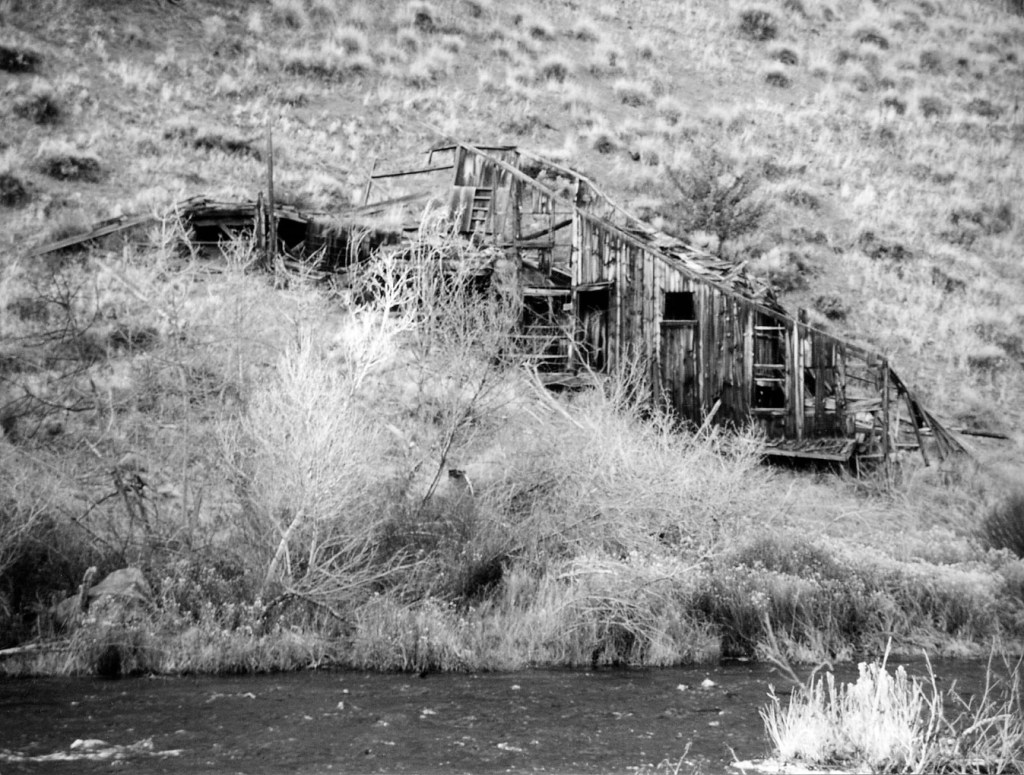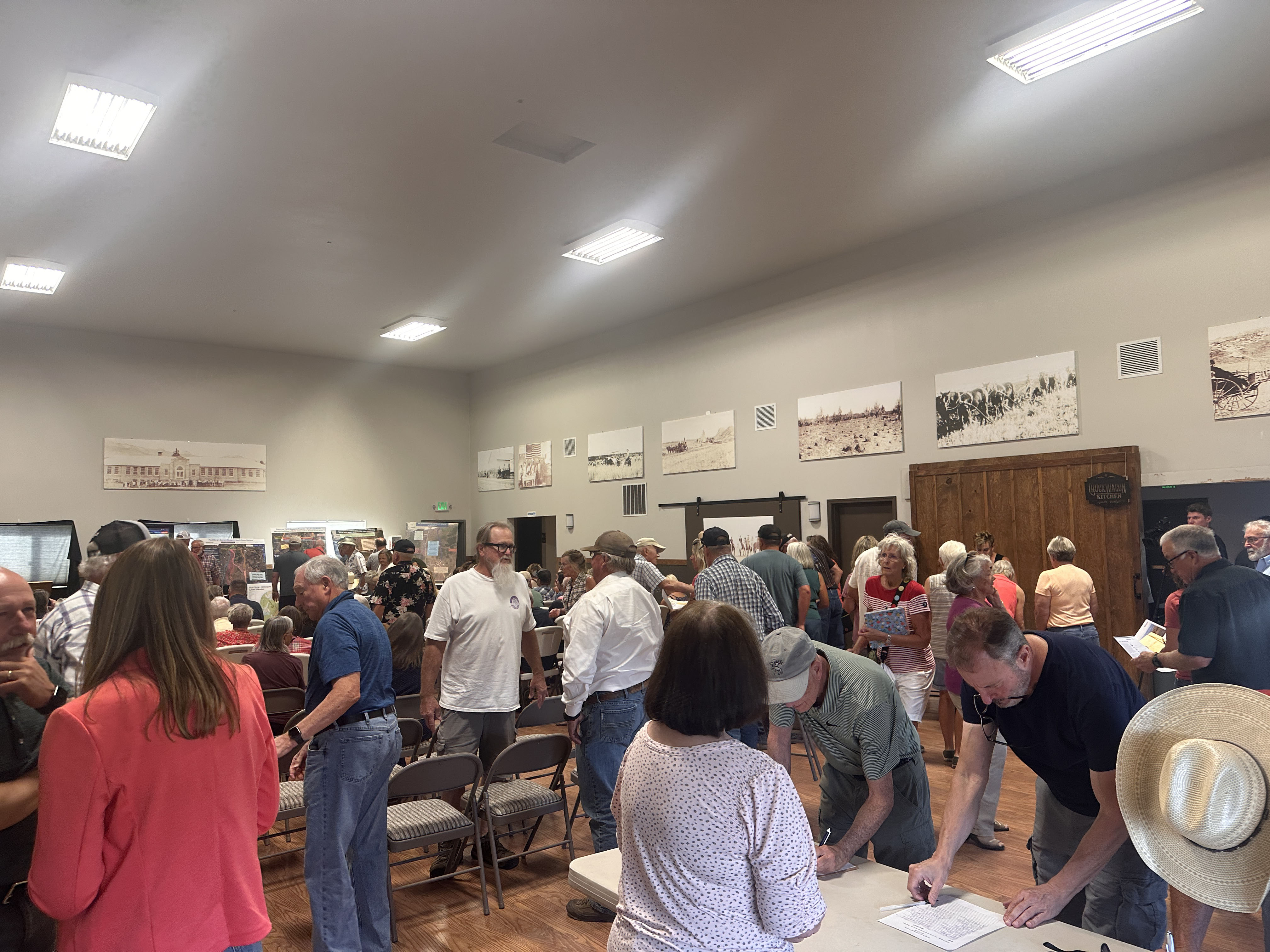CENTRAL OREGON HISTORY: Excitement mounts for gold mine that never was
Published 5:00 am Friday, July 11, 2025

- A mine building on the Deschutes River near Steelhead Falls, shown in 2003, is evidence of the anticipated gold rush. (Submitted by Bowman Museum)
Reports of a rich gold strike along the Deschutes River between Lower Bridge and Steelhead Falls created a brief sensation in January 1915. Redmond Mayor Hosch and Redmond residents W.B. Daggett and William Young along with Lee and George Hobbs of Powell Butte filed claims in the area. Samples were sent to an assayer in Seattle who claimed that the sands could be up to $2.60 per ton in gold. This sparked a rush to file claims from Cline Falls to Steelhead Falls.
Some experts soon claimed that sands in the area contained gold, silver, platinum and other metals that could be the richest gold claim in the world. C.W. Clapp and his associates claimed that they would soon begin construction of a mill along the banks of the Deschutes River. The claims of rich deposits led to many people searching for their fortunes. This led to speculators selling claims for high prices even before any activity took place.
Local newspapers headlined the gold rush on a weekly basis. Plans for developing a gold extraction demonstration plant were begun in June 1915, and a mining office was established in Redmond. By July, a large four-story wooden building to house a smelter was built near Lower Bridge and awaited the arrival of equipment to operate the plant. Machinery was in place by August 1915, and expectations were very high.
Trending
After several months, skepticism began to develop, and no major investors had come forward for development. Despite the wild claims that there was a fortune in gold, there was no major production. The demonstration plant failed to produce significant output. Although there were plans to build more mills along the Deschutes River, they never developed.
By 1916, local newspapers no longer reported on the fabulous gold deposits. Mining activity ceased. The only reminder of the once hoped for gold venture is the ruins of the demonstration plant along an isolated section of the Deschutes River.
Steve Lent is a Crook County historian. He can be reached at 541-447-3715.







